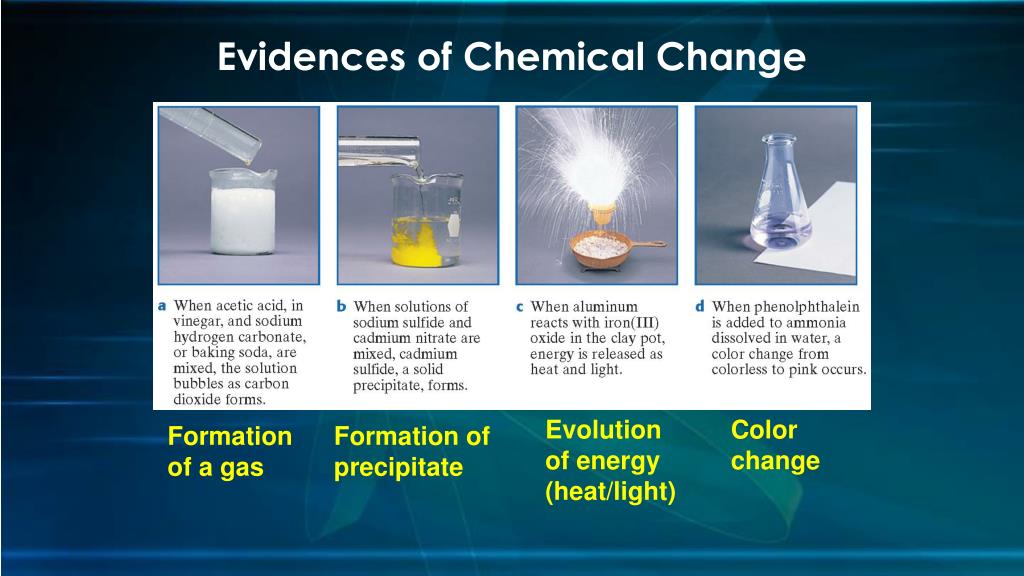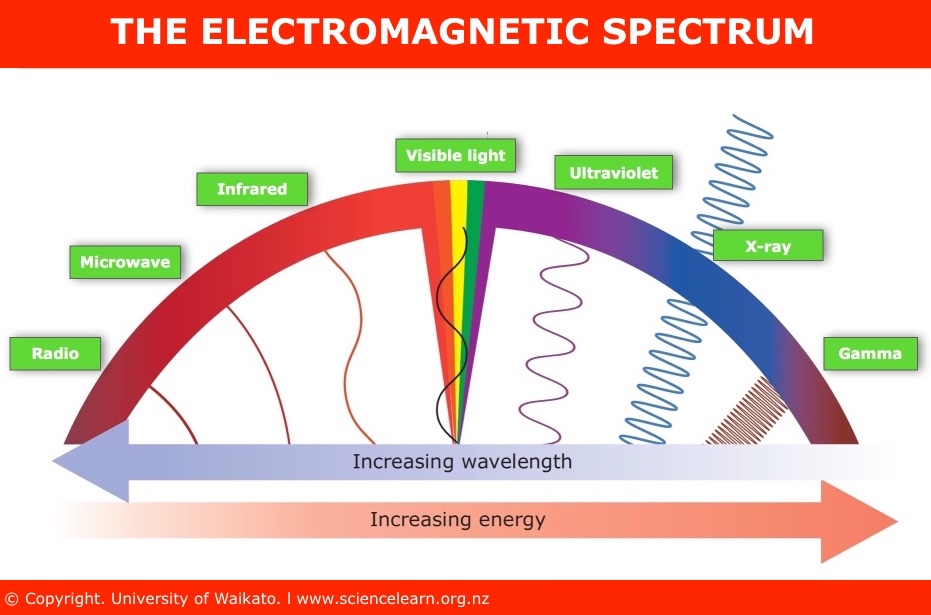Light, Heat, & More: How Electricity Does It All!
Can you imagine a world devoid of the subtle hum of progress, a realm untouched by the transformative power that silently shapes our every experience? The answer lies in the invisible force that illuminates our cities, powers our devices, and drives the very engines of innovation: Electricity.
The essence of electricity manifests in a symphony of changes, a dazzling display of light, the gentle warmth of heat, the transformative dance of chemical reactions, and the unseen influence of magnetism. When electric current flows through a conductor, it unlocks a universe of potential, a reality where the invisible becomes visible, the silent erupts into action. Consider, for a moment, the incandescent light bulb, a testament to electricity's capacity to convert energy into light. As current races through the filament, resistance arises, causing the filament to heat up, eventually emitting the beautiful, warm glow that has illuminated our homes for over a century. This is just one instance of the manifold effects electricity produces.
To delve deeper into the specifics of what produces light, heat, chemical and magnetic changes, let's consider the work of Michael Faraday. His research formed the foundation for understanding the link between electricity and magnetism. The creation of the electric motor and the electric generator were landmark achievements that provided the backbone of the Industrial Revolution.
- Altair Jarabo Bio Career Husband Frdric Garca Latest News
- Cincinnati Reds Schedule 2024 2025 Dates Times More
Now, let's look into the concept of the flow of electricity through conductors and the implications thereof. Electrical current is often carried by electrons, which are small negatively charged particles that make up a significant portion of all matter. Conductors are materials that allow electrons to flow through them freely. Therefore, conductors are frequently made of materials such as silver and copper. Insulators, like glass and rubber, resist the flow of electrons, and do not readily allow electrical current to pass through them.
| Electrical Phenomena | Description | Examples |
|---|---|---|
| Light | The emission of photons, visible to the human eye, produced by the excitation of electrons. | Incandescent light bulbs, LED lights, fluorescent lamps |
| Heat | The generation of thermal energy due to the resistance encountered by the electric current as it moves through a conductor. | Heating elements in toasters, electric heaters, hair dryers |
| Chemical Changes | Reactions such as electrolysis (the process of using electricity to split a compound into its elements), and the oxidation of metals. | Electroplating, battery charging, corrosion |
| Magnetic Changes | The creation of magnetic fields when electric current flows, and conversely, the generation of electric current by moving a conductor through a magnetic field. | Electromagnets, electric motors, generators |
But what exactly makes the wheels of electricity spin? To understand this, we must examine the behavior of electrons, the fundamental building blocks of electrical current. These tiny, negatively charged particles are the workhorses of electricity, the primary carriers of electrical charge. They move through conductors, which are materials like copper and silver that permit the easy passage of electrons. This movement, the flow of these electrons, constitutes electrical current, the lifeblood of our modern world. When an electric current flows through a conductor, such as a wire, it generates various effects due to the movement of these electrons.
An interesting phenomenon that occurs during this flow is resistance. Resistance is a measure of how much a material opposes the flow of electric current. When electricity passes through a conductor, it encounters resistance, which results in heat production. Think about the filament inside a light bulb again. As electricity flows through it, the filament resists the flow, and this resistance generates heat, which causes the filament to glow, producing light. The measure of electrical resistance is called an Ohm.
- Penny From My 600lb Life Where Is She Now 2024 Update
- Kate Hudsons Political Views Unveiling Her Stance Impact
A concept that's integral to this process is a short circuit. A short circuit happens when the current finds an unintended low-resistance path to flow through. This can cause a surge of current, potentially damaging equipment and even posing a fire hazard. A short circuit occurs when there is a low-resistance path, which could be from a damaged wire, or a faulty appliance that bypasses the normal circuit path, causing a potentially high current flow.
To illustrate the scope of this process, it is necessary to include a table of all related units:
| Unit | Definition | Symbol | Measured Quantity |
|---|---|---|---|
| Ampere (Amp) | The SI base unit of electric current, measuring the rate of flow of electric charge. | A | Electric Current |
| Volt (V) | The SI derived unit for electric potential difference (voltage), representing the work needed to move a unit of electric charge between two points. | V | Electric Potential Difference (Voltage) |
| Ohm () | The SI derived unit of electrical resistance, measuring a material's opposition to the flow of electric current. | Electrical Resistance | |
| Watt (W) | The SI derived unit of power, measuring the rate at which electrical energy is transferred or used. | W | Electric Power |
There is another crucial element, which is the role of materials in managing electricity. Materials are divided into two fundamental categories concerning electricity: conductors and insulators. Conductors, such as copper, allow electricity to flow with minimal resistance, forming the pathways that power our world. Insulators, like rubber and glass, are the guardians, preventing electricity from flowing where it shouldn't, ensuring safety and controlling the flow of electrical current. Choosing the right material is critical to its specific application. Alcohol, for instance, does not permit the flow of electric current, and therefore can be considered an insulator.
Now, consider the mechanics of converting different types of current. Alternating Current (AC) and Direct Current (DC) represent different forms of electrical current. AC, the power source for our homes, reverses direction periodically. DC, on the other hand, flows consistently in one direction, much like the current from a battery. Devices called rectifiers are used to change AC to DC. This is crucial for the correct use of many electronic devices, which often need DC power.
The effects of electricity extend beyond the common applications and into numerous specialized domains. For instance, the creation of a rotating brush is an example that is frequently used to generate an electrical current and provide a specific effect. These actions are key to many technical applications, demonstrating the range of electricity's capabilities. It is these transformations and manifestations that cement electricity as a fundamental principle.
Electricity's impact is felt everywhere we look, woven into the very fabric of our modern existence. The phenomenon it creates, from light to heat, chemical transformations to magnetic fields, is a testament to its fundamental role in shaping our world. The ability to harness and control this energy source has ushered in an era of unprecedented technological advancement, and will continue to shape our future.
So, as we navigate the world, remember to appreciate the unseen force of electricity, a power that transforms our lives in countless ways, and which is produced by the flow of electrons.
Understanding the interplay of these factors is key to harnessing the incredible power that electricity holds, ensuring that the technological marvels of today continue to light the way to a brighter tomorrow.
To understand even further, consider the role of electricity in salon/spa settings. In such environments, almost everything from equipment to the tools of the trade relies on electricity. Whether its the warmth of a styling appliance, the gentle hum of a massage device, or the precise operation of sophisticated aesthetic tools, electricity supports these daily activities.
- Amsterdam Schiphol Airport Guide Maps Transfers More
- Where Is Swellview Located Unveiling The Henry Danger City

Light Heat Chemical and Magnetic Changes Are All Produced by

PPT Matter & Its Properties PowerPoint Presentation, free download ID 1588040

The electromagnetic spectrum — Science Learning Hub